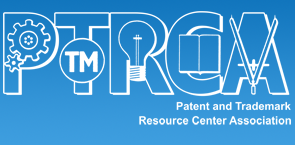Article Title
Abstract
Assessment of customer activities in academic, public, and special libraries demonstrates their impact and value to library administrators and constituents. In turn, this assists in securing and maintaining advocacy and financial support. Although many formal and informal assessment best practices have evolved to measure the quantitative and qualitative impact of information literacy instruction, few if any best practices have been established to measure impact specific to Patent & Trademark Resource Center (PTRC) customers. This article reviews the results of a survey of PTRC Libraries and their customer assessment practices. Such analysis reveals best practices for other PTRCs to build upon and to improve their customer assessment of specialized research, instruction, and outreach related to Intellectual Property Information Literacy (IPIL) of patents and trademarks. Academic libraries utilize the Association of College and Research Libraries’ Framework for Information Literacy for Higher Education, more commonly known as the ACRL Framework. On the other hand, public libraries tend to evaluate patent and trademark patron satisfaction, rather than learning outcomes based upon the ACRL Framework. Certain public and academic libraries utilize Project Outcome for such assessment. In some instances, PTRC patrons turn to public libraries for computer literacy skills before they can search patent and trademark databases. Although focused through the lens of PTRCs, the results of this study are applicable to other types of library services dealing with IPIL, such as copyright and fair use, scholarly communications, open educational resources, business and entrepreneurship, STEM, digital humanities, makerspaces, and technology transfer library partnerships.
Recommended Citation
Schlipp, John and Sheehy, Christian
(2022)
"PTRC Customer Assessment Survey and Best Practices,"
Journal of the Patent and Trademark Resource Center Association: Vol. 32, Article 1.
Available at:
https://tigerprints.clemson.edu/jptrca/vol32/iss1/1
Appendix A
survey_blank.pdf (85 kB)
Appendix B
Included in
Intellectual Property Law Commons, Library and Information Science Commons, Science and Technology Studies Commons, Technology and Innovation Commons

